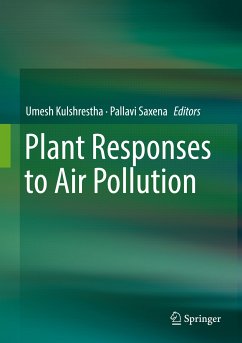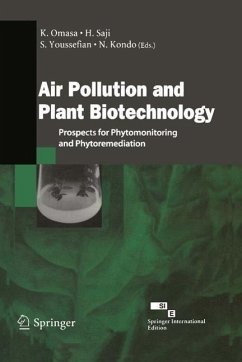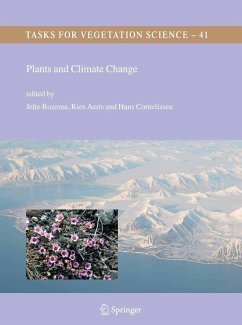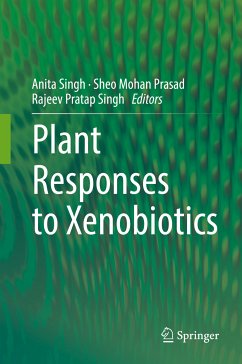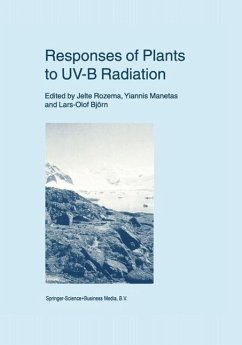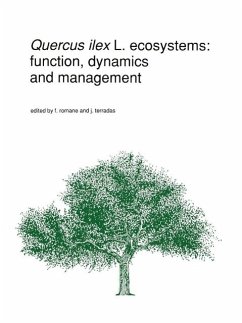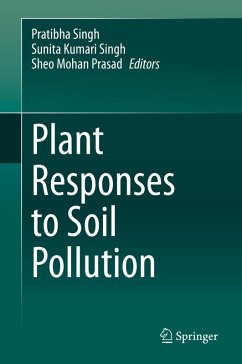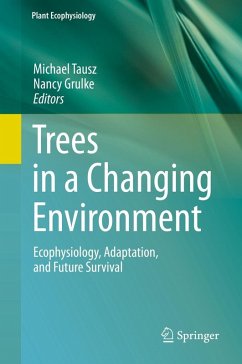
Plant Responses to Air Pollution and Global Change (eBook, PDF)
Versandkostenfrei!
Sofort per Download lieferbar
5,99 €
inkl. MwSt.
Weitere Ausgaben:

PAYBACK Punkte
3 °P sammeln!
The main force behind climate change is the elevated concentration of CO2 in the at mosphere. Carbon dioxide and air pollutants come mostly from the same industrial sources and diffuse globally, so that air pollution is also part of global change in the pre sent era. The impacts on plants and plant ecosystems have complex interrelationships and lead to global change in a circular manner as changes in land cover and atmospheric and soil environments. Plant metabolism of CO2 and air pollutants and their gas fluxes in plant ecosystems influence the global gaseous cycles as well as the impacts on ...
The main force behind climate change is the elevated concentration of CO2 in the at mosphere. Carbon dioxide and air pollutants come mostly from the same industrial sources and diffuse globally, so that air pollution is also part of global change in the pre sent era. The impacts on plants and plant ecosystems have complex interrelationships and lead to global change in a circular manner as changes in land cover and atmospheric and soil environments. Plant metabolism of CO2 and air pollutants and their gas fluxes in plant ecosystems influence the global gaseous cycles as well as the impacts on plants. The 6th International Symposium on Plant Responses to Air Pollution and Global Changes was held at the Tsukuba Center for Institutes and Epochal Tsukuba, in Tsukuba, Japan, October 19-22, 2004. The aim of the symposium series is to bring together scien tists of various disciplines who are actively involved in research on responses of plant metabolism to air pollution and global change. The previous symposia were held in Ox ford, UK, 1982 (1st), in Munich, Germany, 1987 (2nd), in Blacksburg, USA, 1992 (3rd), in Egmond aan Zee, The Netherlands, 1997 (4th), and in Pulawy, Poland, 2001 (5th).
Dieser Download kann aus rechtlichen Gründen nur mit Rechnungsadresse in A, B, BG, CY, CZ, D, DK, EW, E, FIN, F, GR, HR, H, IRL, I, LT, L, LR, M, NL, PL, P, R, S, SLO, SK ausgeliefert werden.




